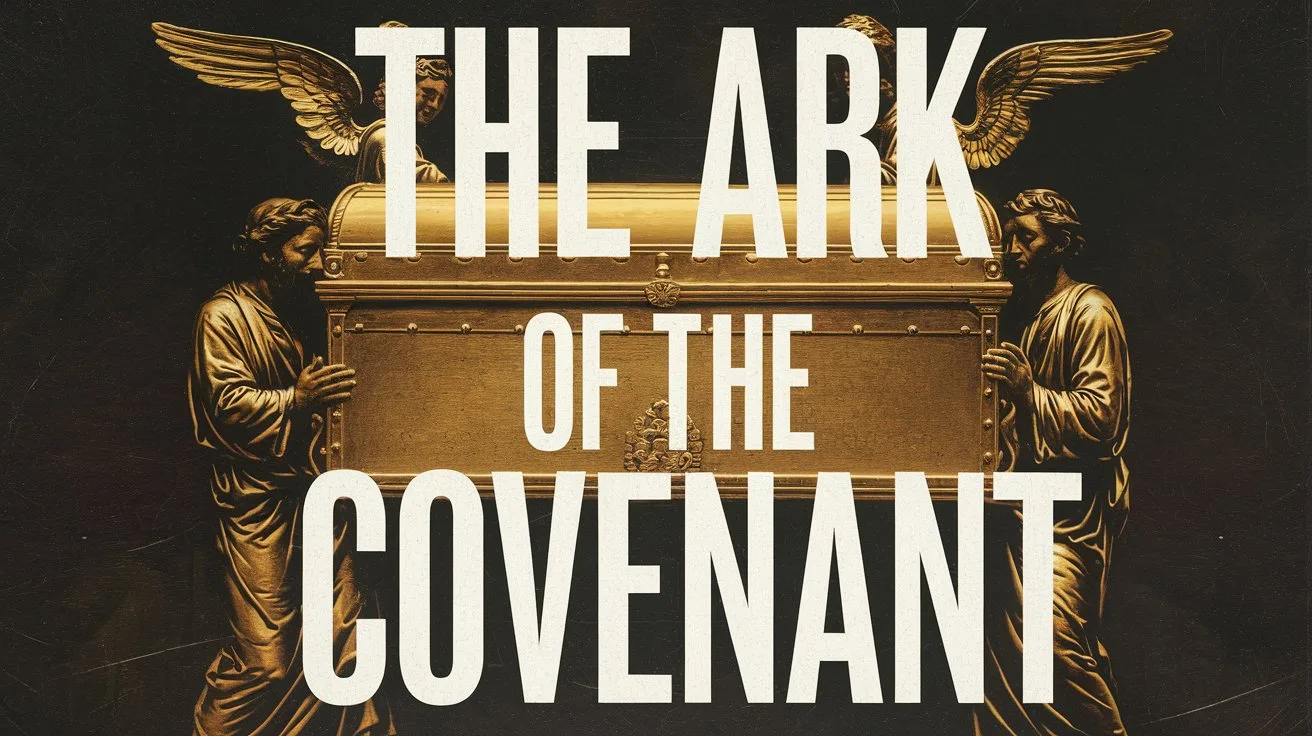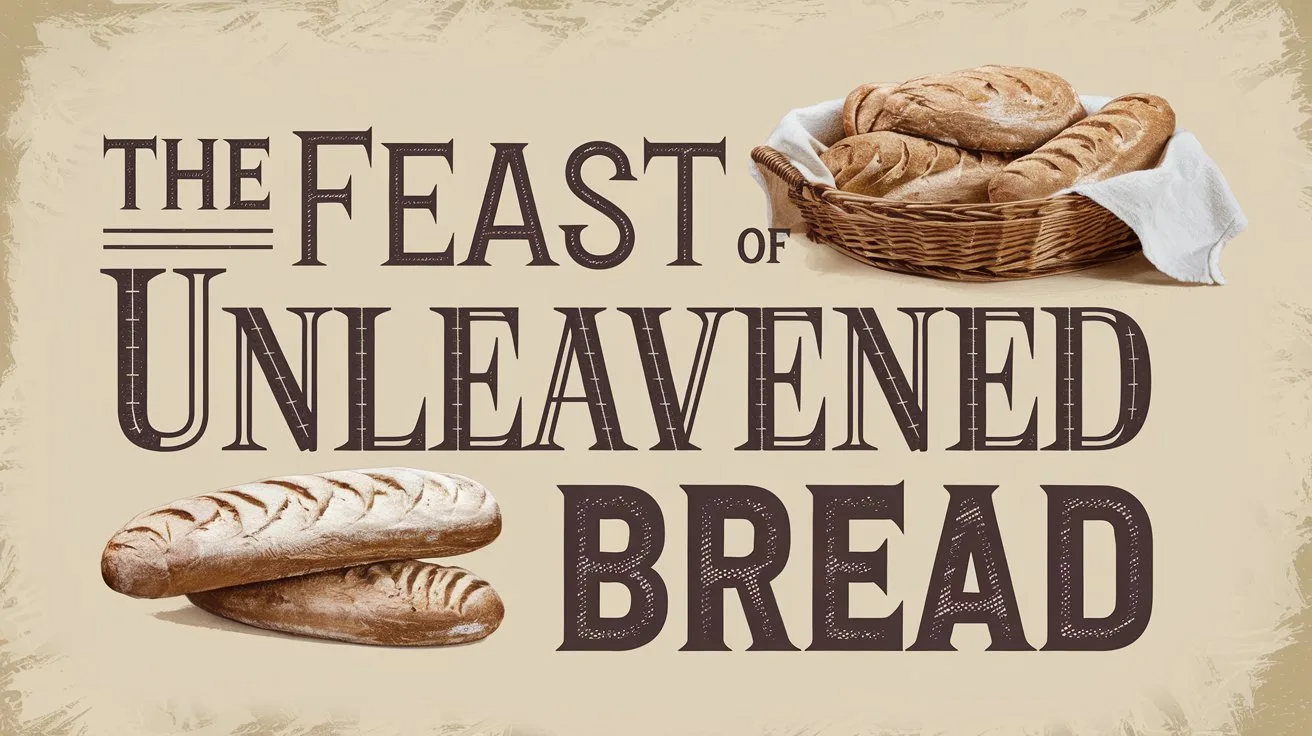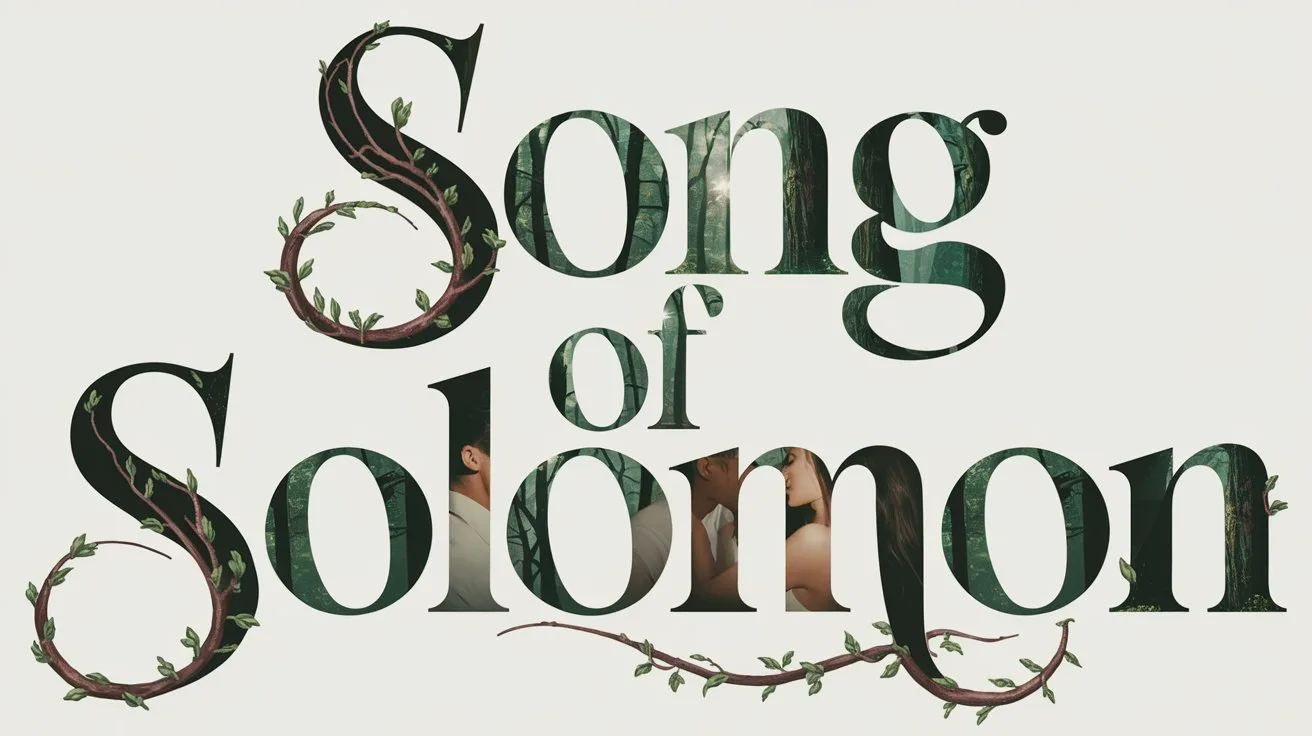God commanded the Passover lamb as a sign of protection and deliverance for the Israelites during the tenth plague in Egypt, when He struck down all the firstborn. The lamb’s blood marked the homes of those who trusted in God’s provision, and it served as a powerful foreshadowing of Christ, the Lamb of God.
Before the final plague, God gave instructions:
“On the tenth of this month every man shall take for himself a lamb… Your lamb shall be without blemish, a male of the first year… Now you shall keep it until the fourteenth day… and the whole assembly of the congregation of Israel shall kill it at twilight.”
(Exodus 12:3, 5–6)
The blood of the lamb was to be applied:
“And they shall take some of the blood and put it on the two doorposts and on the lintel of the houses… For I will pass through the land of Egypt… now the blood shall be a sign for you… when I see the blood, I will pass over you…”
(Exodus 12:7, 12–13)
The lamb was to be eaten with unleavened bread and bitter herbs, and none of it was to remain until morning. This meal marked the beginning of the Exodus.
The Passover was to be kept as a lasting ordinance:
“And it shall be, when your children say to you, ‘What do you mean by this service?’ that you shall say, ‘It is the Passover sacrifice of the Lord, who passed over the houses of the children of Israel…’”
(Exodus 12:26–27)
In the New Testament, Paul confirms its prophetic fulfillment:
“For indeed Christ, our Passover, was sacrificed for us.”
(1 Corinthians 5:7)
Jesus was crucified at Passover, and His blood, like the lamb’s, shields believers from judgment. The Passover lamb was more than deliverance from Egypt, it pointed to eternal redemption through Jesus Christ.







